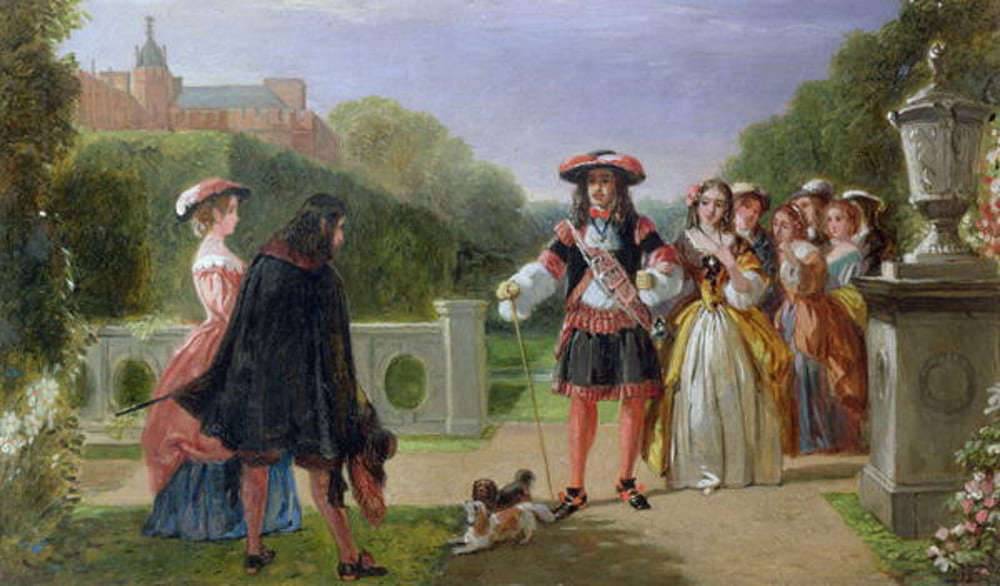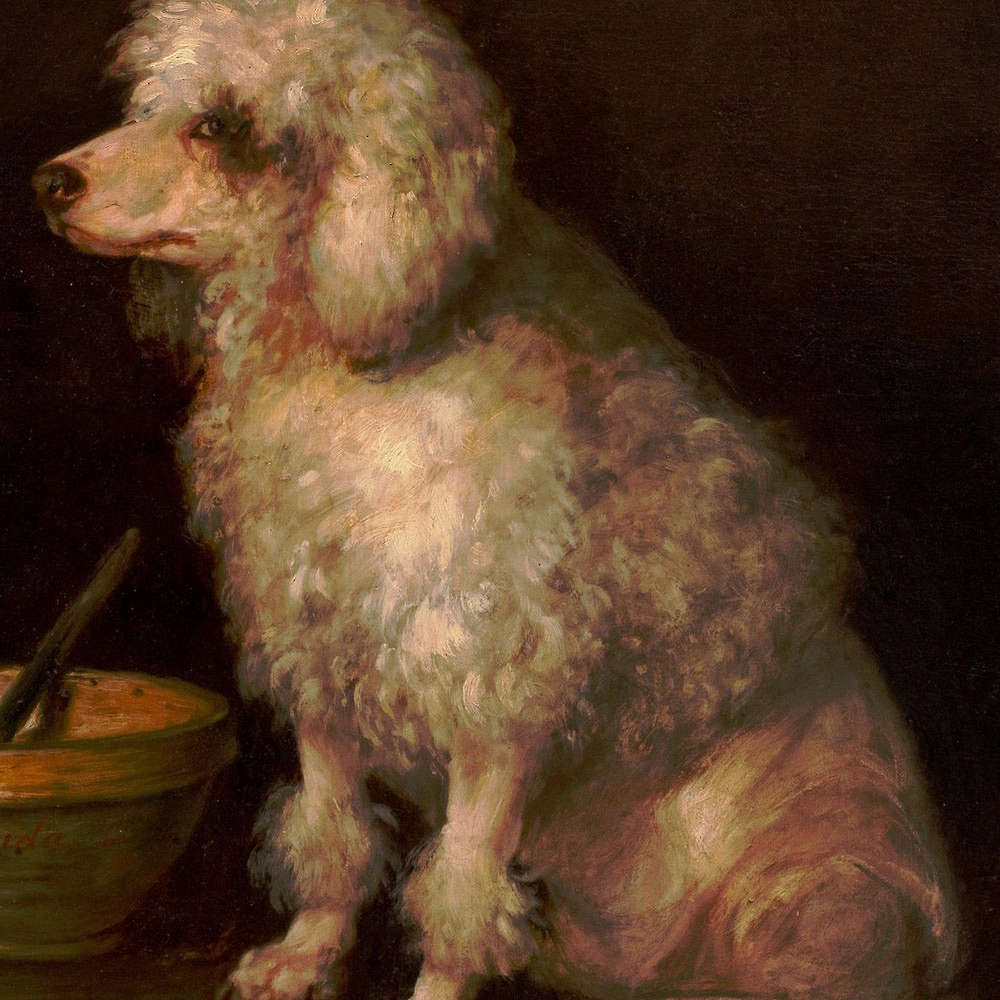
History of the Cavalier King Charles Spaniel
Cavalier King Charles Spaniels have a very long history, despite technically being a fairly new breed. The cavis’ we know and love today are the descendants of the toy spaniel that were often depicted in paintings from the 16th, 17th and 18th centuries. Toy spaniels were painted by artists such as Titian, Van Dyck and Lely among many others. These small dogs were bred to warm the laps of royalty, be companions of the ladies of the court and as flee catchers during the time of the Bubonic Plauge.
Queen Elizabeth I was even prescribed one of these small spaniels to adorn her lap to treat a cold. The breed was renamed by King Charles II known as the Cavalier King, who was famously in love with his pups. During his reign from 1660 to 1685 King Charles II passed a decree allowing Cavalier King Charles Spaniels entry into any building, including the house of parliament, which is still in effect today.It is said that the king would have no less than three Cavalier King Charles Spaniels at his heels at all times and was criticized by many for affording more attention to his pets than his kingdom.

After the death of King Charles II in 1685 the popularity of the Cavalier King Charles Spaniel began to when giving way to the new fashion of owning pugs. In time pugs began breeding with the long nosed, high ear Cavaliers thus creating a new breed with an altered appearance. These new dogs exhibited domed heads, lower set long ears, large wide set eyes and a short snout. These dogs came in four separate and distinct colors: The black and tan known as the King Charles, the tri-colored known as the Prince Charles, the mahogany known as the Ruby, and the auburn and white know as the Blenheim. The Blenheim received its title from the Duke and Dutchess of Marlborough who bred the small red and white King Charles Spaniels for hunting at Blenheim Palace.Legend has it that while the Duke was away at battel the Dutchess, sick with worry, would press her thumb on the forehead of Sarah, a pregnant Blenheim, to ease her stress. When the puppies were born, they each had a small thumb print shaped chestnut mark on their foreheads.

In the 1830s a tri-colored King Charles Spaniels was owned by Queen Victoria. She was completely devoted to her furry companion that she named Dash. It is said that after her coronation in 1837 she left and changed clothes in order to bathe her beloved dog. When Dash died in 1840 Queen Victoria wrote his epitaph and it read as follows “Here lies Dash, the favorite spaniel of her majesty the Queen Victoria, by whose command this memorial was erected. He died on the 20th December 1840 in his ninth year. His attachment was without selfishness, his playfulness without malice, and his fidelity without deceit. Reader, if you would live beloved and die regretted, profit by the example of Dash. “

By the 1900s breeders had worked hard to shorten the snouts of the King Charles Spaniel much to the displeasure of American Roswell Eldridge, who longed to see the long nosed spaniels depicted in the painting from the time of King Charles II. Mr. Eldridge traveled to England in 1925 to attend the Crufts dog show in search of an “original” type toy spaniel but was unsuccessful. He posted an ad offering EU25 to whomever could present the best male and female of the “original” type. EU25 in 1925 would be the equivalent in purchase power to EU1,619.46 or $1,761.41 in 2022. His offer was mostly scorned and ridiculed with the exception of a small group of breeders. They worked tirelessly to try to restore the King Charles Spaniel to its former glory. In 1928 this band of breeders created a club for the “new” breed they had created (or restored) and crowned them the Cavalier King Charles Spaniel opposed to the King Charles Spaniel. In 1945 the kennel club granted separate registration and awarded challenge certificates to allow the Cavalier King Charles Spaniel to gain championships.

Sally Lyons Brown of Kentucky fell head over heals with the breed in 1952 after receiving a black and tan bitch from her dear friend Lady Mary Eyeworth of England. She soon purchased more Cavalier King Charles Spaniels, but was bewildered when she found she could not register her beloved pets with the American Kennel Club as they were not a recognized breed. After searching for more Cavarlier owners, Sally founded the Cavalier King Charles Spaniel Club USA along side her friend Elizabeth Spalding and sister in law Gertrude (Trudy) Brown in 1954. The club became incorporated two years later and Sally served as president until 1962. It was at this time she passed the reins to her sister in law Trudy.

The Cavalier King Charles Spaniel Club USA applied to the American Kennel Club for miscellaneous status and were approved in 1962 after numerous rejections to gain full recognition. In 1992 the Cavalier King Charles Spaniel Club USA was invited by the American Kennel Club to become its parent club, but members voted nine to one against accepting the invitation. It was at this point that a small group from the club branched out and created a new group naming it the American Cavalier King Charles Spaniel Club and applied for parent club status with the American Kennel Club. The application was granted in 1995 and Cavalier King Charles Spaniels were officially recognized by the American Kennel Club. Cavalier King Charles Spaniels went into competition in the toy group in the American Kennel Club. The application was granted in 1995 and Cavalier King Charles Spaniels were officially recognized by the American Kennel Club. Cavalier King Charles Spaniels went into competition in the toy group in the American Kennel Clunb starting January 1, 1996. By 1997 a Cavalier won best of breed and a toy group placement at the prestigious Westminster Kennel Club Show.


